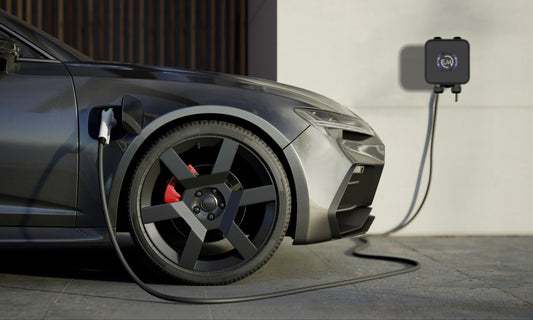Electric mobility: incentive policies and future challenges

In Europe, the European Commission has set a target of reducing CO2 emissions from newly registered vehicles by 37.5% by 2030, compared to 2021 levels. In addition, new regulations have been introduced which require produce vehicles with low greenhouse gas emissions, in order to encourage the production and marketing of electric vehicles.
Furthermore, many European countries have introduced incentive policies for the purchase of electric vehicles, such as eco-bonuses, tax breaks and concessions for the installation of recharging infrastructure. For example, a new incentive for the purchase of electric vehicles has been introduced in Italy, which provides for a discount of up to €6,000 for the purchase of a new or used electric vehicle, plus a discount of up to €3,000 for the scrapping of a Euro 0, 1, 2 or 3 vehicle.
Furthermore, funds have been allocated for the construction of new recharging infrastructures in strategic points such as public car parks, service stations and buildings, in order to facilitate the adoption of electric vehicles and ensure a widespread diffusion of recharging infrastructures.
However, despite these incentive policies, the adoption of electric vehicles still remains relatively low, due to the high initial costs, the complexity of the business and the time to install a medium voltage meter.
For this reason, it is necessary to continue investing in the research and development of new technologies and innovative solutions for electric mobility, in order to make electric vehicles increasingly accessible and convenient for consumers.
For example, new fast charging and intelligent energy management technologies have been developed to ensure greater efficiency of the charging infrastructure and to reduce the charging times of electric vehicles. Furthermore, new car-sharing and ride-sharing solutions based on electric mobility have been introduced, in order to encourage the use of electric vehicles in urban areas.
In conclusion, the new regulations and incentive policies for electric mobility represent an important step forward for the reduction of greenhouse gas emissions and the transition towards a more sustainable future. However, to ensure widespread diffusion of electric vehicles and recharging infrastructure, it is necessary to continue investing in the research and development of new technologies and innovative solutions.
Furthermore, it is important to make consumers aware of the advantages of electric mobility, such as the reduction of vehicle management costs, the reduction of noise and air pollution and the possibility of accessing restricted traffic areas.
To promote electric mobility, effective communication tools can be used, such as digital marketing campaigns, social media and online advertising. Furthermore, it is possible to organize events and demonstrations to raise public awareness and promote the advantages of electric mobility.
In conclusion, electric mobility represents an important solution for the reduction of greenhouse gas emissions and the transition towards a more sustainable future. Thanks to the new regulations and incentive policies, it is possible to guarantee a widespread diffusion of electric vehicles and recharging infrastructures, and to continue investing in the research and development of new technologies and innovative solutions.








